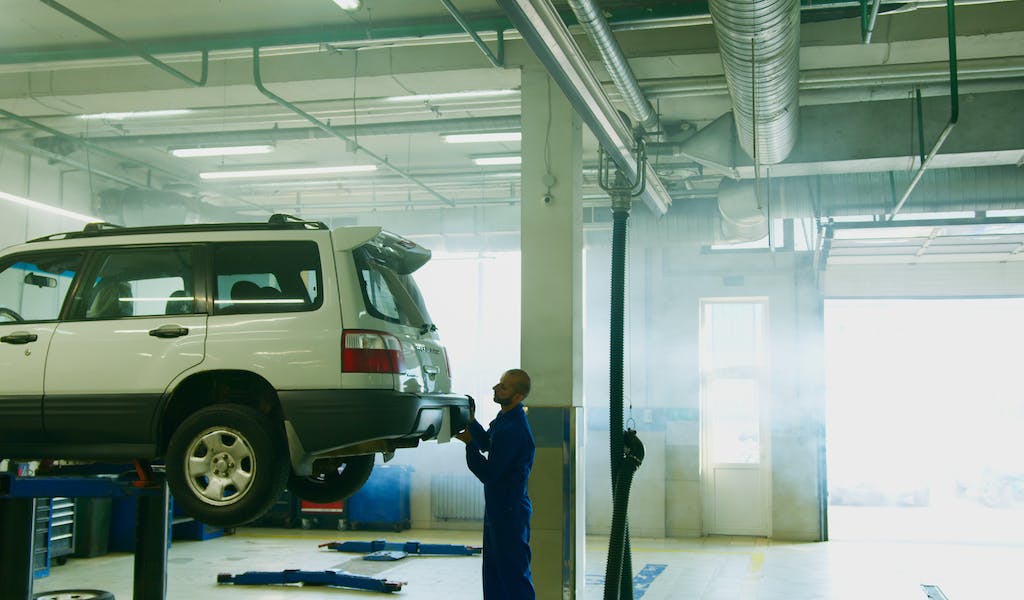Getting into a collision is a stressful experience. Insurance claims to file and possible injuries require doctors or tests.
An appraiser will inspect the vehicle and prepare a repair estimate. This estimate includes the timeframe and cost of repairs. However, the initial assessment will only include visible damage. As the body shop disassembles your car, they may discover more damage that will be repaired.
Estimate
A collision repair services in Deer Park, NY will inspect the vehicle, take photos of the damage, write a repair estimate, and deliver this to the customer. They will also liaise with the insurance company to ensure they have been authorized for the required work.
A thorough inspection is key to a well-done repair. The damage visible on the surface of the car is only the beginning. Once technicians take the car apart, they may discover further issues, resulting in a supplemental estimate and a longer repair timeframe.
This is why choose a reputable repair specialist who works with insurance companies and orders the correct parts for your car. It will help you avoid unwanted delays and unnecessary stress during the repair process.
Parts
Following a car accident, the auto body repair process involves meticulously restoring the vehicle to its pre-accident condition, which requires the right tools and expertise.
Your car’s manufacturer designs parts and meets stringent specifications for fit, finish, corrosion protection, and structural integrity. These components are tested during vehicle development to ensure they deliver the intended level of consumer safety.
Alternative or non-OEM collision replacement parts may offer a lower price, but these imitation parts have not been through the same rigorous testing and may not perform as intended. They may also compromise your new-car warranty. This is why educating yourself on the collision repair process is important.
Inspection
It is a stressful time after an accident. Insurance claims are filed, injuries are managed, and doctors and tests are often required.
In many cases, the first step in collision repair is a comprehensive inspection of your vehicle. It may include scans, photos, and a thorough walkaround.
A detailed report of all damages is created from this inspection. If filing an accident lawsuit, this may be provided to your insurance company, attorney, or you. This report makes a detailed repair plan, defining what needs repair and the corresponding steps. It also includes any additional parts or repairs required to restore your vehicle to its pre-accident condition. It may also have a quote for the total cost of repairs.
Repair
During this phase, technicians restore your vehicle’s integrity. This may include frame straightening, wheel alignment, replacement of damaged parts, and other mechanical repairs. OEM parts are preferred because they were originally manufactured for your specific vehicle and backed by a warranty from the manufacturer.
During this time, your car will be disassembled and inspected to ensure all areas of damage are accounted for. Once you and the insurance company agree, replacement parts will be ordered, and the structural and body repair work will begin. Once everything is completed, your vehicle will go through a refinishing process. Surfaces will be prepared and primed before applying top coats and additional clear coating. Once your car is ready, it should pass a visual inspection and another test drive.
Paint
Car paint protects your vehicle and helps it look great, adding a sense of personalization and style. It also covers scratches, dings, and other imperfections, making them much less noticeable.
Body shop technicians will sand and prep the surface to restore the finish to its original state. Then, the paint will be applied with a clear coat. This process takes place concurrently with frame and mechanical repairs.
Today’s refinishing processes require skill, experience, and the proper equipment to achieve high-quality results. The goal is to meet or exceed the customer’s customers during delivery. Achieving this requires creating and following standard operating procedures to eliminate contaminants that cause performance failures, such as poor adhesion or discoloration. Moreover, color matching is becoming more challenging due to dynamic consumer color preferences and emerging technology.

















